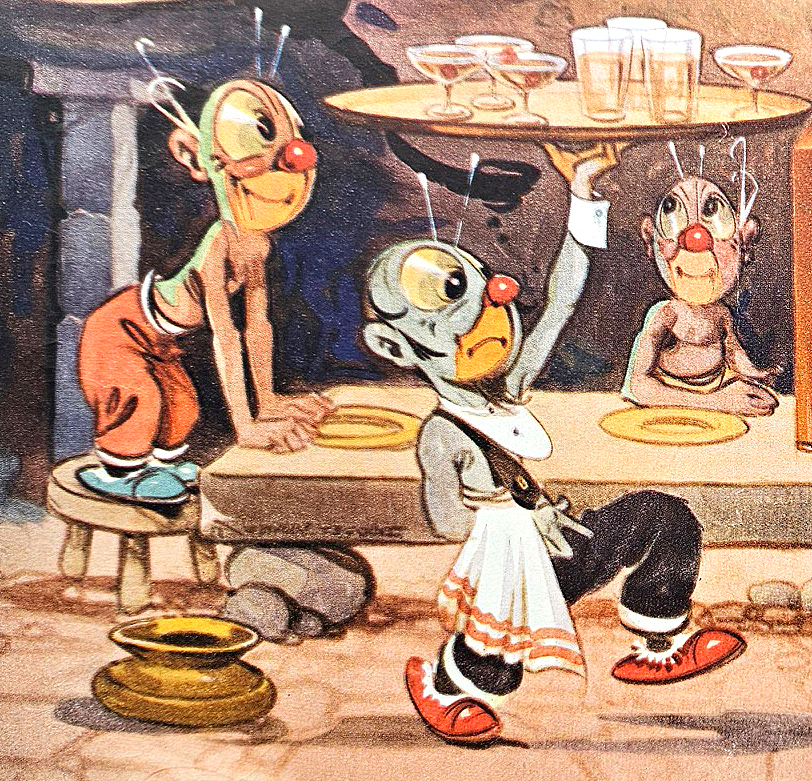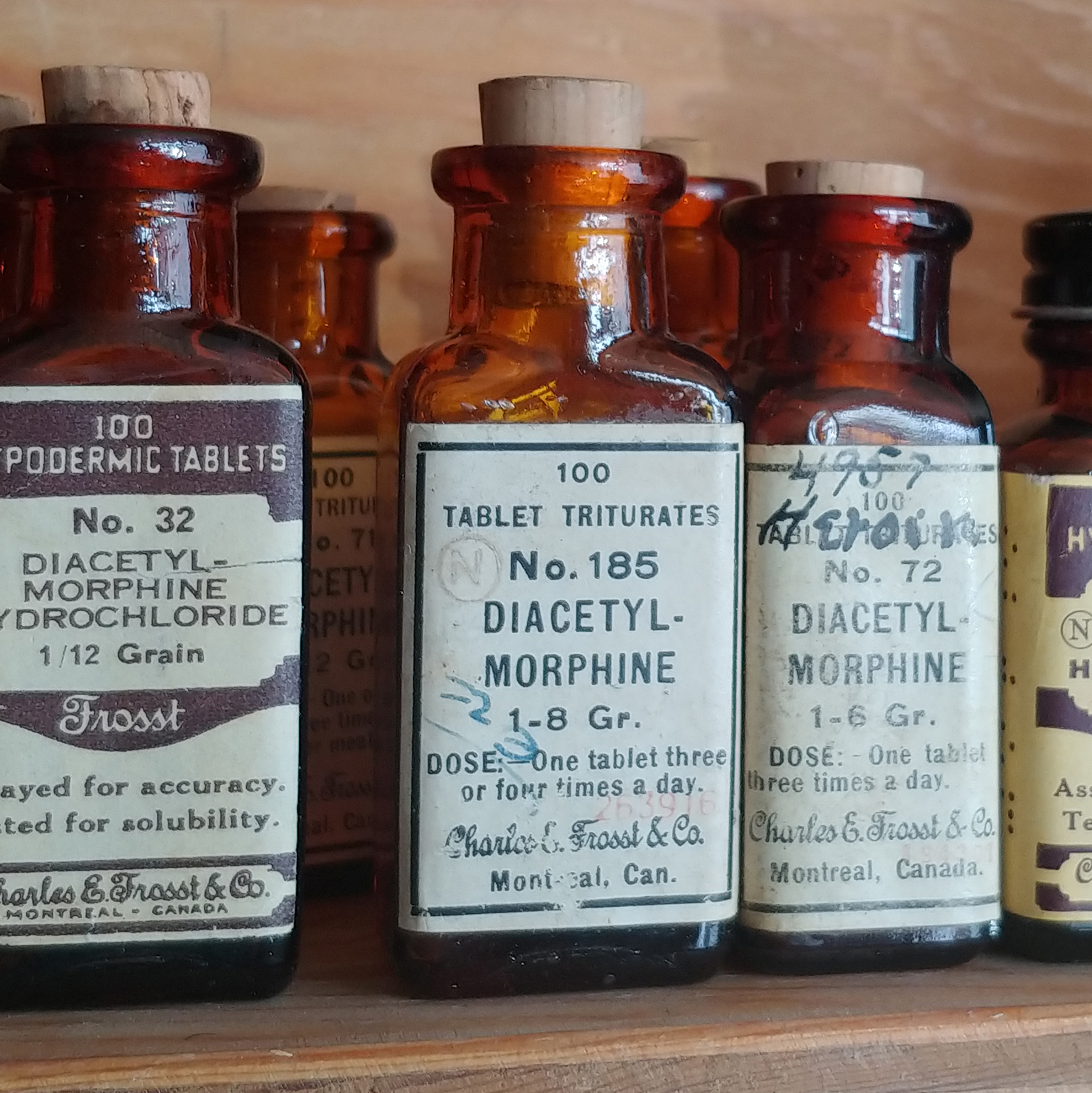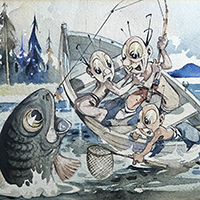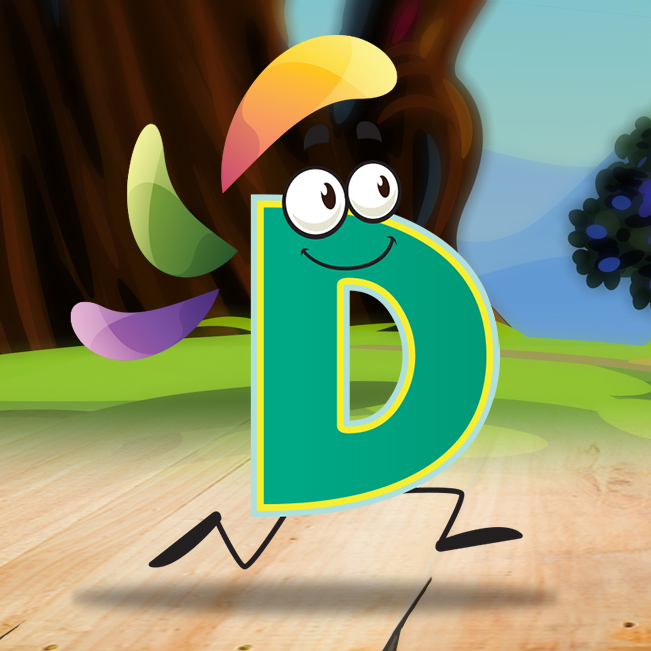Our Stories

UPDATED:
Published: APRIL 2025
Let’s get Kraken about this hotbed of hockey played in the world’s coolest, ecologically sustainable arena
By STUART NULMAN
Writing from Seattle, Washington
Please join me for a fast-paced tour of Climate Pledge Arena, home of the NHL’s Seattle Kraken and a venue described as the world’s “most progressive, responsible, and sustainable” arena.
Unfortunately, the Kraken did not make the 2025 playoffs that started on Saturday, April 19, but you might be surprised to learn that Seattle’s long history of professional hockey stretches back more than a century. It features a Stanley Cup playoff battle inscribed in the NHL record book as the only final series ever started but not completed.
Without giving away the punchline as to why the tied series was cancelled, I can tell you that it involved the Montreal Canadiens of the NHL and the Seattle Metropolitans of the Pacific Coast Hockey Association playing for the oldest and most prestigious trophy in North American team sports.
During my visit to Seattle in November 2024, I was given a private tour of Climate Pledge Arena to help readers understand what makes that venue a world-class example of advanced environmental management with a goal of net-zero carbon emissions by 2040.
That behind-the-scenes visit took place due to the efforts of Brian Sloan, a childhood friend of mine from Montreal who has hit the big time in professional sports as the Hospitality Manager of Climate Pledge Arena. For those interested in what it takes to make the jump from local sports aficionado to professional sports executive, I’ll share the tips and story of Brian’s successful journey.
I hope you enjoy learning about all these Seattle connections to Canada’s national sport as much as I enjoyed researching and writing about them. Happy Reading!
Editor’s Note: The photo above shows Kraken forward Oliver Bjorkstrand fighting for the puck with New York Islanders defenseman Isaiah George in a November 16, 2024 game at Climate Pledge Arena in Seattle. Game details in main article.
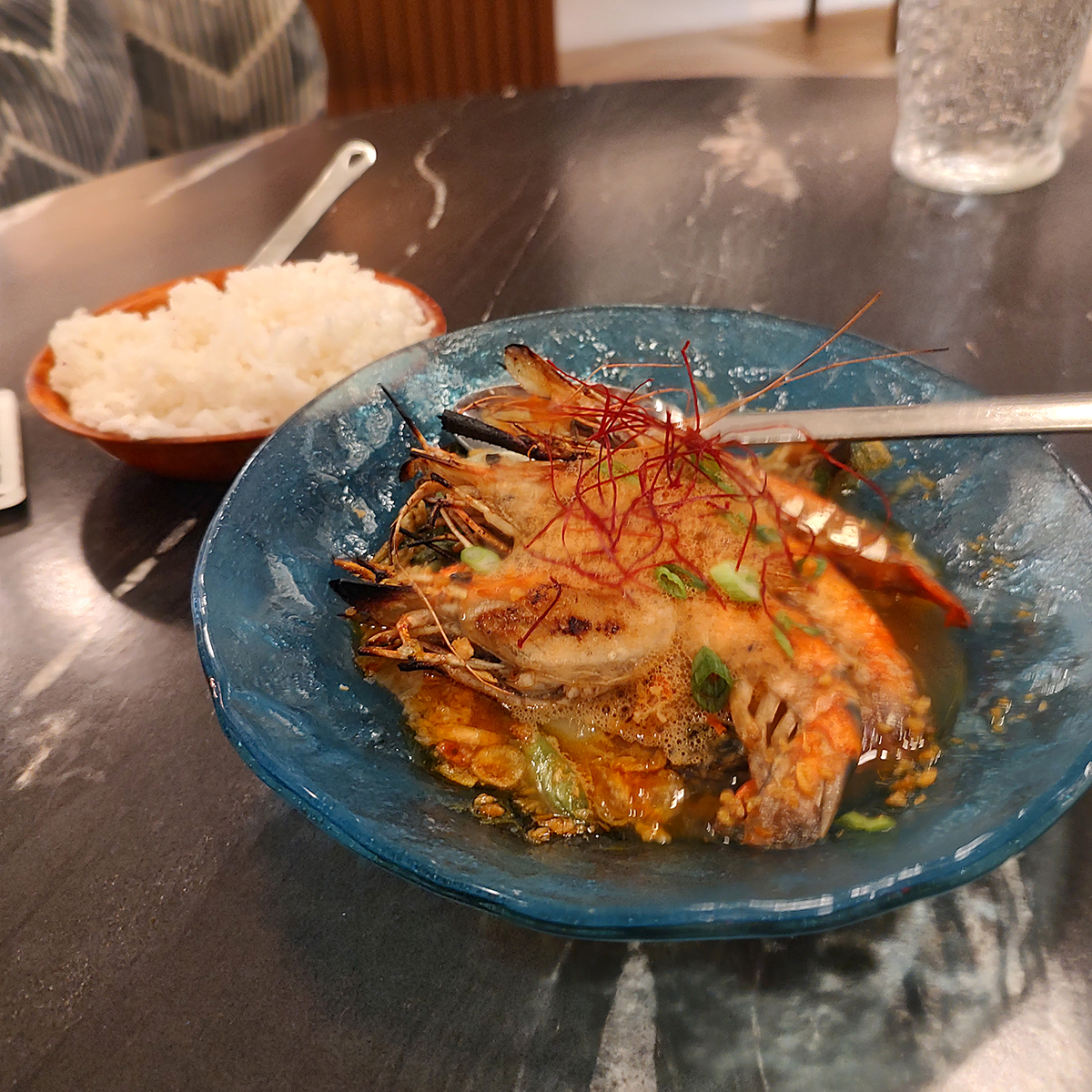
UPDATED:
Published: FEBRUARY 2025
The many delights of America’s ‘Emerald City’
By STUART NULMAN
Writing from Seattle, Washington
It’s hard to know where to start when singing the praises of Seattle. There’s great food – including delicious Filipino cuisine – amazing coffee, legendary music, cultural treasures, and fascinating history. Take your pick where to begin your tour.
There are “hidden” underground levels with a multitude of shops offering every kind of collectible under the sun. Above ground, you can ascend the world-famous Space Needle built for the 1962 World Fair. It rises 605 feet, affording an amazing 360° panoramic view of the downtown Seattle skyline and the natural wonders within close proximity, such as Mount Rainier, Puget Sound, as well as the Cascades and Olympic Mountains.
Like any major metropolitan centre, Seattle has its share of cultural festivals throughout the year. When I visited in November 2024, it was in the middle of Cloudbreak, a live music festival held in over 30 venues across the city. The lineup offered a selection of local artists who represent different genres of music and prove that there is more to Seattle's impressive musical scene than its much-publicized grunge music.
So please join me for a fast-paced tour of a Pacific Northwest cultural hub whose beauty and verdancy have earned it the nickname “Emerald City”.
Editor’s Note: You can read Stuart Nulman’s bio here and a Note From Editor Warren Perley welcoming Stuart aboard BestStory.ca

UPDATED:
Published: JANUARY 2025
Trump will face backlash if he bullies Canada with tariffs
Analysis by STAN CROCK
Writing from Washington, D.C.
Two basic premises that Canadians should keep in mind when dealing after January 20th with President Trump: He is a bully and bullies back down when confronted by someone who shows no fear.
After almost five decades of covering business and politics in the nation’s capital, I can guarantee that Trump will face considerable pushback from American legislators at the national, state, and municipal levels if he imposes tariffs that hit middle-class taxpayers in the pocketbook.
And American captains of industry – such as major car and truck manufacturers who have invested billions of dollars to build plants in Canada, the U.S., and Mexico – won’t just sit on their back ends twiddling their thumbs if Trump blows up the free trade agreement that allows a seamless fabrication process and vehicle sales among the three countries. In 2023, the U.S. imported $357.8 billion (USD) of goods from Canada and $384.7 billion (USD) from Mexico, so tariffs on a broad array of products would exact an extraordinarily high price on both U.S. businesses and consumers.
And that’s not to mention any reciprocal tariffs that Canada – which is the largest market in the world for U.S. exports – is said to be preparing. In addition, Mexico – which is the second-largest export market for U.S. goods – has said that it will also impose countervailing tariffs if Trump follows through on his threat to impose the same 25% tariff on their country’s exports to the U.S.
So while Trump talks off the top of his head about imposing punitive tariffs on allies and absorbing – either through military or economic force – the independent nations of Greenland and Canada, as well as the Panama Canal, saner heads in Washington, D.C. are meeting behind closed doors to strategize on moves to restrain the Orange Man’s worst instincts and force him to back down. Some Trump aides already have hinted tariffs may be far narrower than Trump’s bloviating would have you believe.
Editor’s Note: You can read Stan Crock’s bio here and read his Substack blog
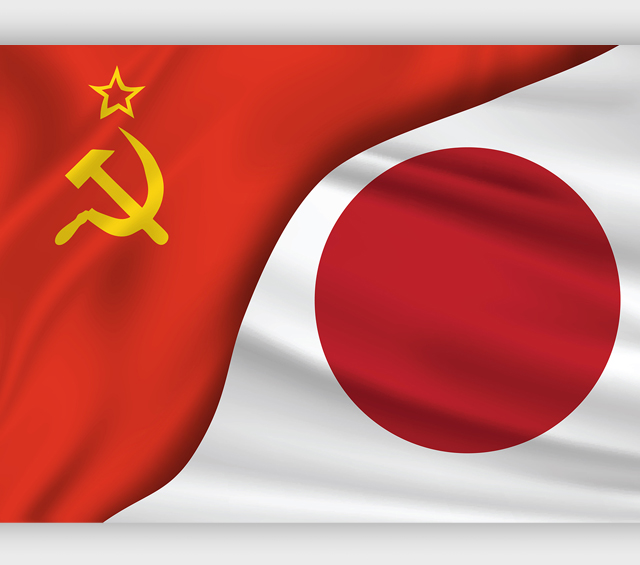
UPDATED:
Published: May 2024
Soviets were within 48 hours of invading Japan and dividing it in two à la Vietnam and Korea
By ROBERT KARNIOL
Writing from Montreal
Japan is today a vital partner of the West in its strategic rivalry with China, but a little-known incident in August 1945 could have changed the course of history if then-Soviet leader Joseph Stalin had succeeded with his plan to invade and occupy Hokkaido, the northern-most island of the Japanese mainland.
Now almost eight decades later, we part the opaque shroud surrounding this critical historical incident to expose the little-reported faceoff between U.S. President Harry Truman and the blood-thirsty Soviet dictator who refused to sign a peace treaty with Japan – which remains the status between that country and Russia to this day.

UPDATED:
Published: FEBRUARY 2022
Confused by mumble-jumble inflation jargon?
Analysis by STAN CROCK
Writing from Washington, D.C.
The U.S Bureau of Labor Statistics says inflation hit its highest level in four decades in January with the Consumer Price Index (CPI) rising 7.5% for the preceding 12 months. While analysts debate the causes and solutions, there is less attention being paid to the inflation number itself, with economists arguing whether it has been overstated or understated. When one examines how the CPI is calculated, it is easy to understand why there is such a divergence of opinion among experts. In reality, the only sure way to tell how inflation is impacting you is to check your bank account monthly for one year.
Sidebar: When should you buy a house? When interest rates skyrocket!
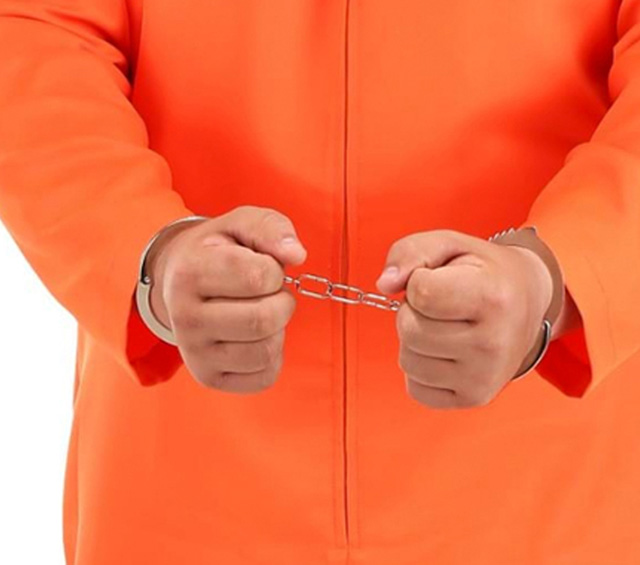
UPDATED:
Published: FEBRUARY 2022
Hint: bring your Secret Service detail!
Tips for a former U.S. president on how to survive life behind bars
Satire by STAN CROCK
Writing from Washington, D.C.
The image is just s-o-o-o rich: a beefy former president with a Creamsicle-colored coiffure that matches his prison jumpsuit is surrounded by a cordon of U.S. Secret Service agents protecting him against “hardened” white collar criminals threatening him with Mont Blanc pens, tennis rackets, and Frisbees. Really? Secret Service protection even for a convicted felon? You might be surprised.

UPDATED:
Published: September 2021
Inaccurate economic predictions rile politics and markets
Analysis by STAN CROCK
Writing from Washington, D.C.
When the U.S. government’s August jobs report showed that the 235,000 new jobs created were one-third of economists’ expectations of 725,000, the media portrayed the performance as a body blow for President Biden. The coverage made it seem as if the jobs number was the problem. In fact, the problem was economists’ predictions, which were off by 200%. It’s stunning how economic estimates in a wide variety of areas and predictions for corporate earnings are so wrong so often. And they have a huge impact, distorting politics, financial markets, and possibly policymaking. It’s time for the media to stop ballyhooing faulty forecasts instead of analyzing actual data to inform readers – and avoid economic disinformation.

UPDATED:
Published: November 2021
‘Some people are going to become very ill’ – Prof. Magda Havas
Scientists warn about dangers from hasty 5G rollout
Special report by WARREN PERLEY
Writing from Montreal
Despite medical warnings from scientists and physicians about radiofrequency radiation danger from cellular technology, telecommunications companies have been launching satellites and erecting new cell towers worldwide on an expeditious schedule.
Although 5G technologies are too new to have undergone peer-reviewed studies, thousands of scientists and medical doctors cite “clinical evidence” from thousands of peer-reviewed studies into 3G and 4G cellular technologies going back at least two decades as proof that radiofrequency radiation damages DNA, causing cancer, heart disease and diabetes, to name a few of the illnesses.
This article is for readers seeking answers about the health risks of radiation from cellphones, cell towers and satellite constellations that are expanding high-speed internet around the globe. Now one piece of extensively-researched journalism answers the following questions about cellular technology:
• How is 5G different than preceding 4G and 3G iterations, and why is it potentially more dangerous? • What is the connection between 5G and Havana syndrome? • What do thousands of peer-reviewed scientific studies from the last 20 years show about the health and environmental risks of cellular technology? • Why are regulatory agencies in North America and Europe ignoring the advice of scientists and doctors about the dangers of cellular technology? • What is happening on the legal and political fronts concerning this issue? • Why hasn't the Precautionary Principle been invoked to protect the environment and all living organisms from the risks of cellular radiation? • What steps can cellphone users take to mitigate the dangers of radiation sickness to themselves and their loved ones, especially children and infants who are the most vulnerable? • What actions are average citizens around the world taking to try to slow down the rollout of 5G technologies?
7,800 Words | 11 Photos | 1 Illustrations | 77 Source citations with links
READ THIS STORY Recommend to a Friend
UPDATED:
Published: December 2020
President Joe Biden could outflank Sen. Mitch McConnell by teaming up with GOP governors on COVID-19 aid
Opinion piece by STAN CROCK
Writing from Washington, D.C.
Since COVID-19 took hold in the U.S. in the spring of 2020, state and local governments have faced daunting budget deficits due to reduced business activities. Given that Republican Senate leaders such as Mitch McConnell of Kentucky do not look favorably on throwing federal money into the pot to help states and municipalities, this could be an opportunity for the incoming Democratic administration of President Biden to cross the aisle and throw a lifeline to both Republican and Democratic governors to help them replenish their infrastructure budgets and avoid layoffs of essential workers.

UPDATED:
Published: August 2020
Will Democrats snatch defeat from the jaws of victory over police tactics?
Analysis by STAN CROCK
Writing from Washington, D.C.
With COVID-19 rampaging through America and the economy looking shaky, President Trump could be heading to defeat in his November 2020 re-election bid unless the Democrats get burned by an inability to adequately explain to voters that they favor reform – not "defunding" – of police forces that may have engaged in racist policies.
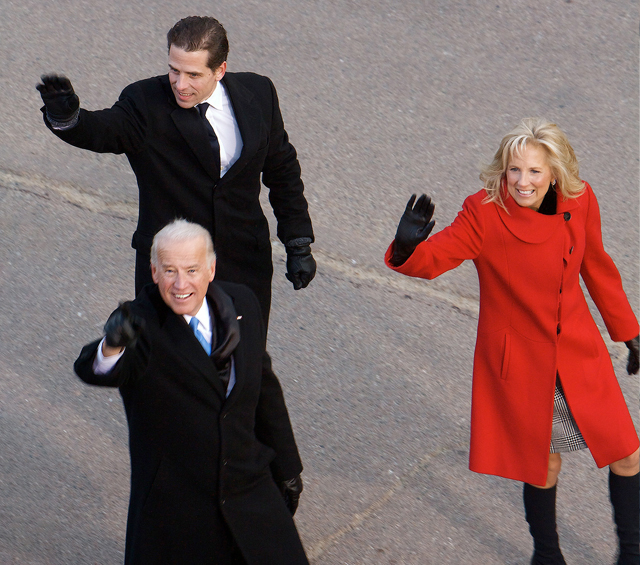
UPDATED:
Published: December 2019
Forcing the Bidens to testify could have been a nightmare for Republicans
Analysis by STAN CROCK
Writing from Washington, D.C.
President Trump and some of his more rabid followers want to have an impeachment trial in the Senate to call witnesses to testify against Senator Joe Biden and his son, Hunter, on baseless allegations that Biden used his influence in 2016 as vice president in the Obama administration to further his son's business interests in Ukraine. It seems as if the Republicans have been quaffing too much cockamamie Kool-Aid because if the real facts come out in a Senate hearing, Biden will be exonerated, leaving the faces of Republican lawmakers soaked in egg.

UPDATED: December 19, 2019
Published: December 11, 2019
Place your bets on the Gentle Lady from California to outsmart the bullying White House misogynist
Analysis by STAN CROCK
Writing from Washington, D.C.
For months, the conventional wisdom was that House Democrats should vote on articles of impeachment against President Trump and send them to the Senate as quickly as possible. That way they could avoid Republican accusations of playing politics during the 2020 campaign, while maintaining momentum for – and focus on – impeachment to sway the public. But House Speaker Nancy Pelosi has put the brakes on, well aware that a delay provides both numerous and significant advantages, including that there will likely be more evidence of malfeasance against Trump in addition to his threat to withhold economic aid to Ukraine unless that country conducts a criminal investigation into Joe Biden and his son, Hunter.
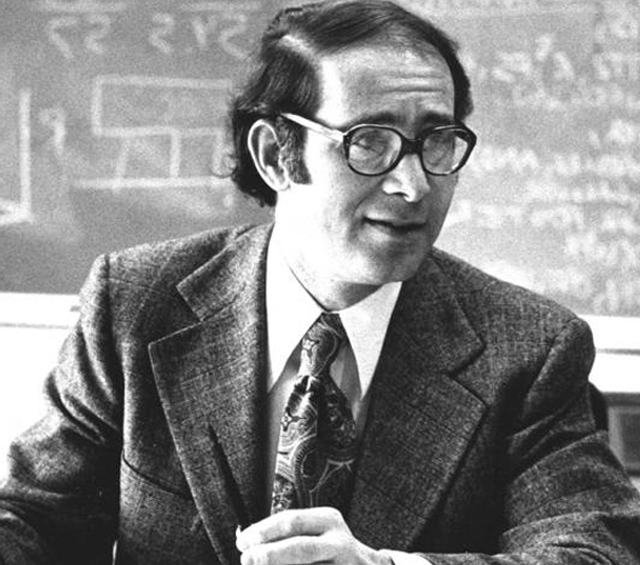
UPDATED:
Published: October 2019
The boy who eluded the Nazi death machine and grew into America’s obscure Renaissance man
By STAN CROCK
Writing from Washington, D.C.
One day in 1935, a Jewish art dealer in Berlin named Eugen Peisak thought a Nazi Party member had hurled an insult at him in a restaurant. Peisak slugged him. Then Peisak found out the Gestapo was after him. He bolted to Sweden, leaving behind his wife, and 6-year-old son, who fled to France, then Switzerland, and on to England before immigrating to America where that little boy grew up to be one of the most remarkable and influential people most folks have never heard of: Clark C. Abt – a successful entrepreneur, engineer, rocket scientist, social scientist, environmentalist, architect, editor and much, much more whose breadth of interests and activities rivaled those of Leonardo da Vinci.
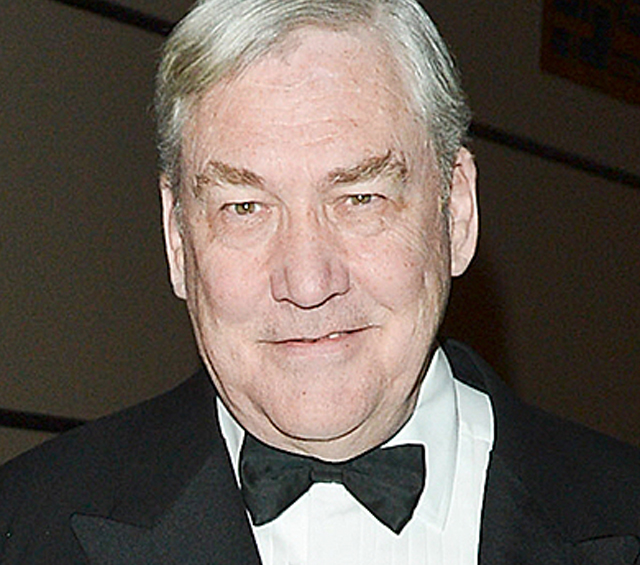
UPDATED:
Published: December 2018
Canadian media pundit Conrad Black has been drinking too much Trump brand Kool-Aid
Analysis by STAN CROCK
Writing from Washington, D.C.
In his recent National Post column, Conrad Black's characterized Donald Trump as "a very successful president", but that compliment flies in the face of reality based on any objective analysis of Trump's track record. Trump is a buffoon, a bully and a windbag. And that's an understatement. He is a pathetic, petulant, puerile, incompetent, venal, and ignorant excuse for a human being and president. Black did, however, make one accurate comment: his concession about Trump's "tendency to unwisely provocative comment." But that's about it in terms of any semblance of truth in Black's analysis.

UPDATED:
Published: July 26, 2018
With Donald Trump in the White House, the question likely isn’t ‘if’, but rather ‘when’ NAFTA will fail
Analysis by SUSY ABBONDI
Writing from Montreal
Donald Trump has always sold himself as a great negotiator, the ultimate problem-solver. But just 18 months into his presidency – by summer 2018 – he had proved himself to be more of a dealbreaker than a dealmaker. As of that date, the dealbreaker-in-chief had exited three major treaties: the Trans-Pacific Partnership, the Paris Agreement on climate change, and the Iran nuclear deal. And a fourth deal, the North American Free Trade Agreement, looked as though it might be on the chopping block at that point, especially in light of Trump’s shenanigans following the G7 Summit at La Malbaie, Quebec on June 7-8, 2018, when he attacked Prime Minister Justin Trudeau for saying Canada would not be bullied by punitive tariffs imposed on Canadian steel and aluminum exports to the U.S. Trump said Trudeau’s outspoken position about the U.S.-Canadian trade dispute was going to “cost a lot of money for the people of Canada.”
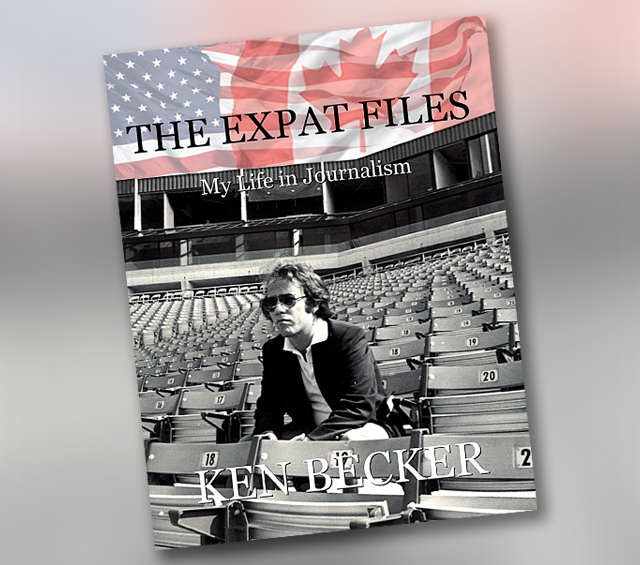
UPDATED:
Published: February 2018
Digging behind the headlines of journalism's golden era through the lens of a crusty, hard-living newsman
By KEN BECKER
In an exclusive excerpt from his memoir titled, The ExPat Files, former United Press International correspondent Ken Becker recounts his journey from copyboy at the New York Times in 1966 to UPI Montreal bureau chief in 1974, showcasing a confrontational attitude that led to a smackdown from then-Prime Minister Pierre Elliott Trudeau who shunted the brash newshound with "fuck off" comment when he surprised the PM at the psychiatric wing of the Royal Victoria Hospital where his wife, Margaret, had been admitted.
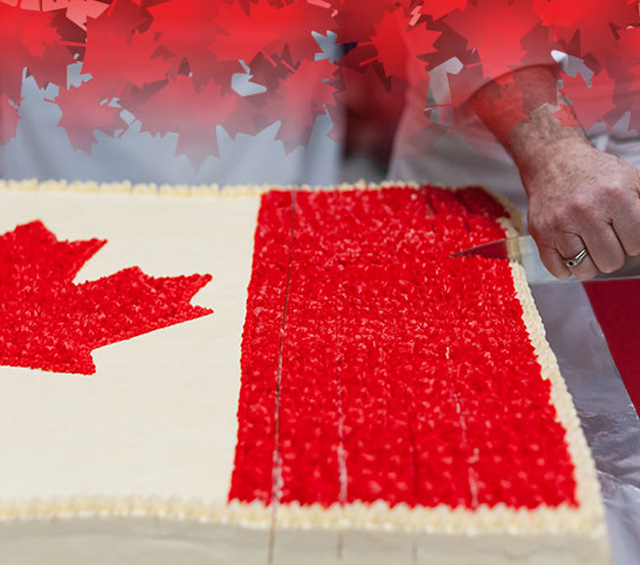
UPDATED:
Published: July 2017
Prominent Canadian journalist does a disservice to himself and to Canada with skewed Washington Post analysis about Canada's identity 'crisis'
By WARREN PERLEY
Writing from Montreal
An experienced, respected journalist such as Jonathan Kay should have taken the time and care required to provide balance and context to a "think piece" he wrote that appeared in The Washington Post on June 30, 2017, in which he rails against Canada's national identity "crisis". Unfortunately, Kay has written a rambling 2,200-word farrago of flummery and fecklessness that denigrates Canada, which in reality is one of the longest enduring democracies of the world which celebrated its 150th anniversary in 2017. Our "think piece" herein corrects Kay's distortions by citing the historical record as to what makes Canada one of the greatest countries in the world.

UPDATED:
Published: May 2017
Trumponomics and trade: the future of NAFTA could be a harbinger of future world trade wars
Analysis by SUSY ABBONDI
Writing from Montreal
No campaign promise resonated more with his supporters – and perhaps even thrust Donald Trump to presidential victory on November 8, 2016 – than his anti-free trade stance and eagerness to overhaul U.S. trade relations. Punctuated by his “America First” slogan, one of the president’s top priorities was to renegotiate – with an underlying threat to dismantle – international trade pacts such as the North American Free Trade Agreement (NAFTA), which he repeatedly referred to as “the worst trade deal in history”. Although these promises may very well be what secured victory, his plan for restoring American jobs and reducing the U.S. trade deficit was, at best, overly simplistic and could result in a trade war that will make the U.S. and the world – including Canada – more impoverished, hostile, and unstable.
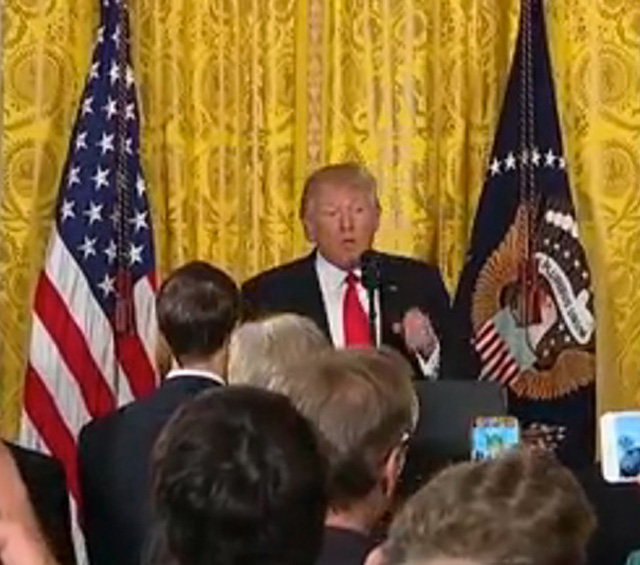
UPDATED:
Published: February 21, 2017
How the media can beat Trump’s no-fact zone
By STAN CROCK
Writing from Washington, D.C.
It was not long after he took power that President Donald Trump held his first news conference – a rambling 77-minute affair rife with distortions and inaccurate statements – proving that he is the master of the "no-fact zone" and one of the main purveyors of what he calls "fake news" – a complex, combustible and toxic brew of psychology, neuroscience, behavioral economics, and technology. How can the press offset his fake news? Part of the answer is for media to ignore Trump's inane, self-serving tweets and allow their overworked journalists the time needed to write contextual analyses based on facts.
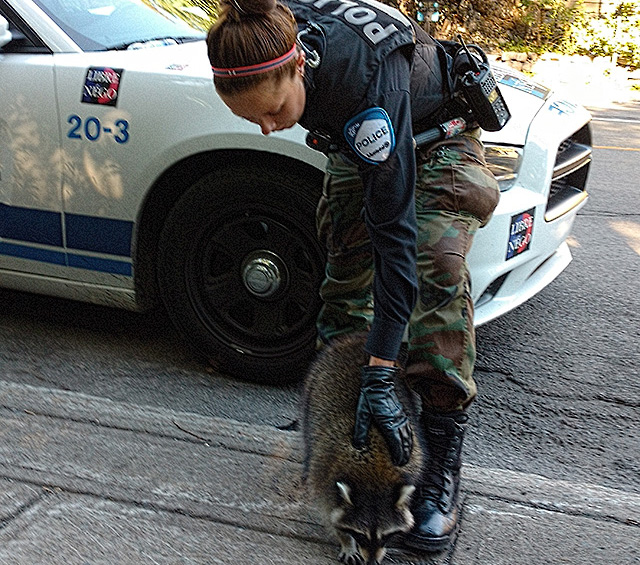
UPDATED:
Published: September 2016
Cop with a big heart and a good punch saves raccoon
By WARREN PERLEY
Writing from Montreal
Police officer Kasandra Galarneau is the epitome of maternal care as she lovingly pets a raccoon she rescued from traffic while he slurps his way through a blueberry smoothie laid out for him on the sidewalk under a blazing mid-morning September sun. At 5 foot, 8 inches and 125 pounds, Galarneau, 24, may look like a delicate, willowy blonde model, but don’t be fooled: she’s a throwback to the coureurs des bois, those hardy French fur traders of the 17th and 18th century. "She has a good right hand that can put unsuspecting opponents to sleep, what’s known in French as 'la force de frappe,'" says her boxing coach Francis Lafrenière.
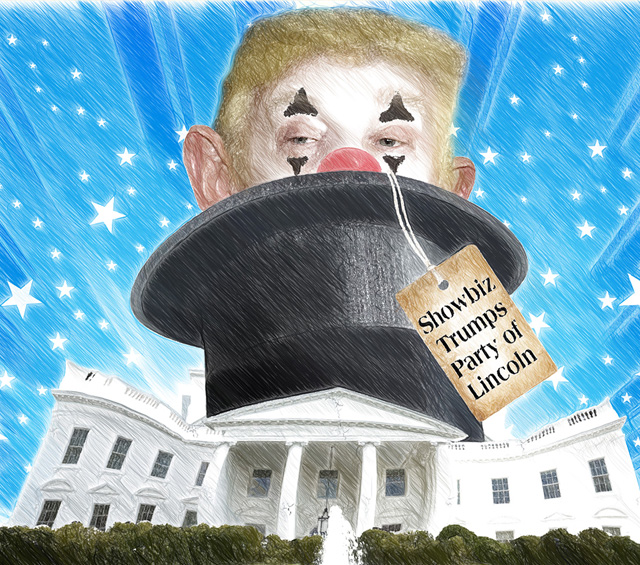
UPDATED:
Published: October 2016
Donald Trump and the death of private space
Satire by MEL SOLMAN
Writing from Toronto
Open concept living space is the perfect metaphor for the times – the destruction of private space. Who needs a place where you can close a door, have a private thought, think, analyze, reflect, judge with evidence? The implications of this mean everything is mixed and blurred: show business and politics; academia and popular culture; open concept. No use for the evil binaries anymore of good and bad, truth and lies. Everything is open, confused. I say let us bring back the walls. Between politicians and entertainers. Between truth and lies. Between good and evil.

UPDATED: AUGUST 4, 2016
Published: APRIL 29, 2016
Physician-assisted death
Analysis by WARREN PERLEY
Writing from Montreal
Bill C-14, legislation known as Medical Assistance in Dying, became law across Canada on June 17, 2016 after an emotional two-month debate in the House of Commons and in the Senate, where a minority of parliamentarians from all political parties, including the Liberals, tried unsuccessfully to convince the Liberal government of Prime Minister Justin Trudeau to expand the criteria for seriously ill patients who would be eligible under the new law for assisted suicide from doctors and nurse practitioners.
The legalization of physician-assisted suicide and euthanasia represents a radical change to Western cultural values and is one of the most profound and sensitive issues of the 21st century. As a service to help our fellow Canadians understand how they could be impacted by this new law, we have written an extensively-researched legal analysis on it, which we have made available to our readers FREE of charge in celebration of BestStory.ca’s 4th anniversary on April 18, 2016.
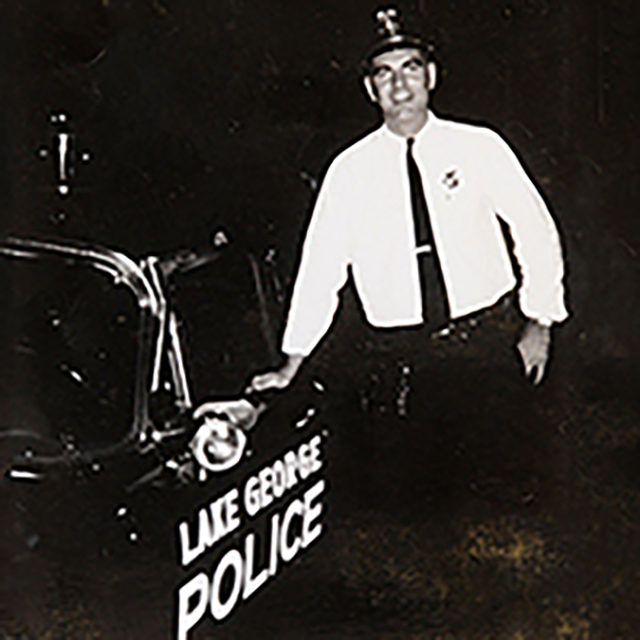
UPDATED:
Published: FEBRUARY 2016
Big in both stature and imagination long-serving mayor still loves job
By DARRELL LAURANT
Writing from Lake George, N.Y.
There were big headlines aplenty in 1971: Richard Nixon taking the U.S. dollar off the gold standard and announcing he would be the first U.S. president to visit the People’s Republic of China; Joe Frazier beating Muhammad Ali in one of the greatest heavyweight boxing championships of all time; and the New York Times publishing the first installment of the classified Pentagon Papers. Flying under the radar that year was the election of a big, raw-boned cop as mayor of Lake George, N.Y. Robert Blais, seen in a 1957 photo (above) early in his police career, is still going strong as mayor of that Adirondack town, burnishing its reputation as one of the premier tourist meccas in America.
[How a journalist found his way back to Lake George:
See February 11, 2016 Notes From The Editor.]
2,229 Words | 12 Photos | 1 Illustration
BUY THIS STORY Recommend to a Friend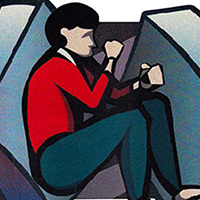
UPDATED:
Published: NOVEMBER 2015
Doctor revises her early training drawing closer to her dying patient
By Dr. PATRICIA LYNN DOBKIN
Writing from Montreal
A middle-aged woman suffering from arthritis, insomnia and fatigue is referred by her rheumatologist to a clinical psychologist conversant with chronic illness. The patient’s story is similar to others the psychologist has heard about doctors well trained to treat acute pain who are at a loss when dealing with chronic pain. The woman, who also suffers from diabetes, confides that her family doctor pooh-poohed a new perplexing symptom she reported to him. This is the story of one psychologist’s emotional, bonding journey alongside her patient, leading her to conclude that “I am my sister’s keeper.”
[Chronic pain seen through a doctor’s eyes:
See November 20, 2015 Notes From The Editor.]
2,901 Words | 6 Photos | 2 Illustrations
BUY THIS STORY Recommend to a Friend
UPDATED:
Published: October 2015
Symposium gives patients hope that antibiotics could help with remission of Crohn's disease
by STACEY J. STURNER
Writing from Chicago
Five world renowned experts from the U.S., Israel, the U.K., and New Zealand meet to share groundbreaking research indicating that Crohn's could be triggered by a pathogen (abbreviated as MAP) that can be passed on from infected cows to humans via the milk supply. The promising news is that some researchers have had success treating Crohn's patients with antibiotics and there is research into development of an anti-MAP vaccine.
We bring you the gist of these findings revealed at the “International Research Symposium: Game-Changing Concepts in Crohn’s Medicine” held in 2015 at Congregation B’nai Jehoshua Beth Elohim in Deerfield, a suburb of Chicago.

UPDATED:
Published: SEPTEMBER 2015
Memories of a special friendship are stoked by literary treasures
By DAPHNE LAVERS
Writing from Toronto
When freelance writer Natalie Edwards passed away, she was remembered by close friends as a funny, beautiful lady with limitless energy, a self-deprecating sense of humour and finely honed artistic instincts coupled with a love of nature. Now one of her closest confidantes relates how Natalie hid favorite books with inscriptions around the house as she shares with readers her memories of a friendship that continues to surpass earthly boundaries.
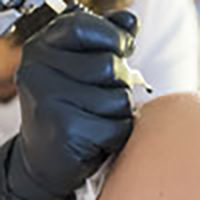
SIDEBAR
Memories of a special friendship are stoked by literary treasures
By NATALIE EDWARDS – Writing from Toronto
When freelance writer Natalie Edwards passed away, she was remembered by close friends as a funny, beautiful lady with limitless energy, a self-deprecating sense of humour and finely honed artistic instincts coupled with a love of nature. Now one of her closest confidantes relates how Natalie hid favorite books with inscriptions around the house as she shares with readers her memories of a friendship that continues to surpass earthly boundaries.
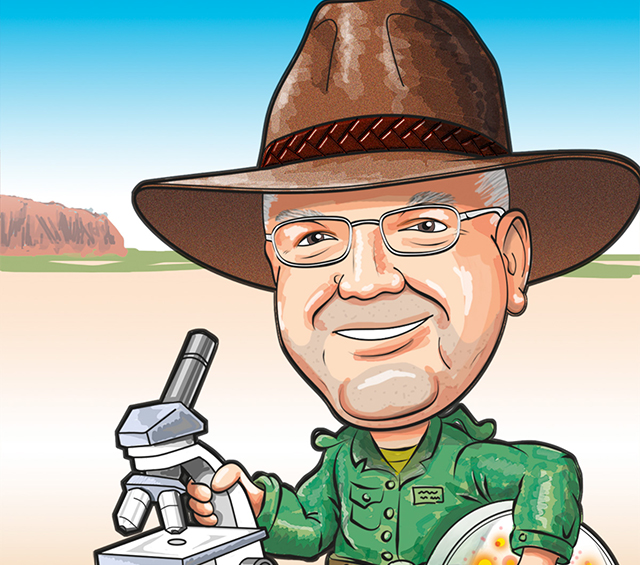
UPDATED:
Published: JUNE 2015
Medical pioneer from Down Under leads world in Crohn’s treatment
Analysis by WARREN PERLEY
Writing from Montreal
Dr. Thomas Borody of Australia enjoys the highest remission rate of any doctor in the world when it comes to treating Crohn’s patients. Now he and U.S.-based Dr. William Chamberlin, who like Dr. Borody treats Crohn’s as an infectious disease, talk about the antibiotic formulas they use, their success rates, and their views on the future direction of Crohn’s treatments. Microbiologist Dr. Saleh Naser of the University of Central Florida explains why the connection between MAP bacterium and Crohn’s continues to confound most microbiologists and gastroenterologists.
[More options than ever for Crohn’s patients: See June 8, 2015 Notes From The Editor.]
12,765 Words | 29 Photos | 4 Illustrations
BUY THIS STORY Recommend to a Friend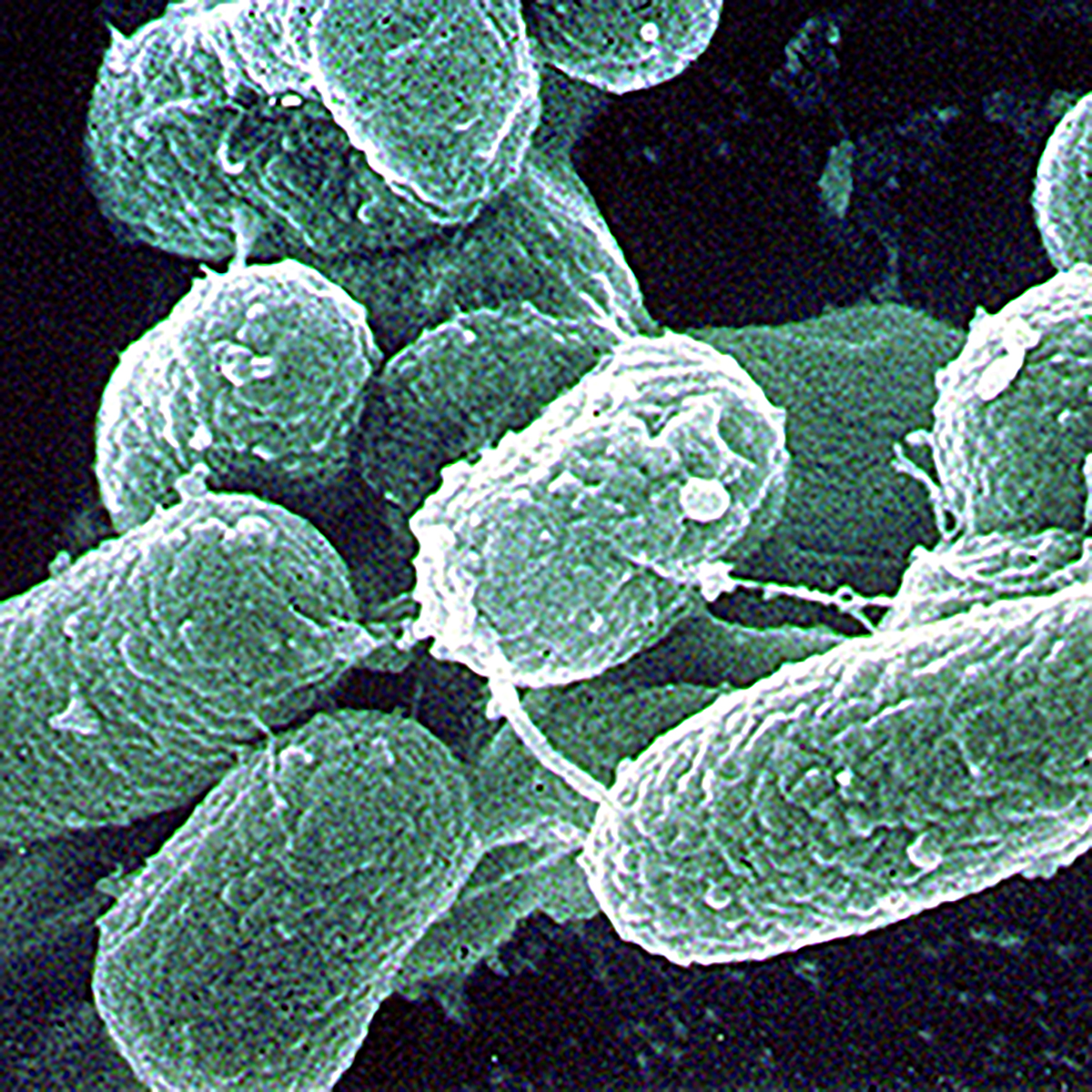
UPDATED:
Published: FEBRUARY 2015
Crohn’s link to bacterium in cows opens door to antibiotic treatment
Analysis by Dr. MICHAEL T. COLLINS
Writing from Madison, Wisconsin
Within the last decade, elite scientists around the world have made a positive link between Crohn’s disease and a bug called Mycobacterium avium paratuberculosis (MAP), seen magnified approximately 50,000 times under an electron microscope in the photo to the left. MAP originates in cattle where it causes Johne’s disease, but it has recently been proven that many Crohn’s patients also are infected with MAP, which is probably the cause of their chronic gut inflammation. Now a scientist, who has spent 30 years studying MAP, explains how these new scientific findings open the door to expanded use of antibiotics to treat, and possibly cure, Crohn’s disease.
[Thinking outside the box about Crohn's disease:
See February 16, 2015 Notes From The Editor.]
8,500 Words | 27 Photos | 4 Illustrations
BUY THIS STORY Recommend to a Friend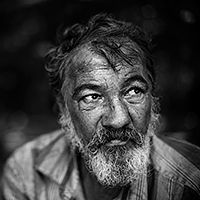
UPDATED:
Published: DECEMBER 2014
Hungry, homeless and hopeless: utter despair of income disparity
Analysis by HENRY McRANDALL
Writing from London, Ontario
Now more than three decades since Reaganomics took America by storm, income disparity in that country is at its highest point in more than a century, a nefarious trend shaking the roots of Western democracies, including Canada and the United Kingdom. An Oxfam International report released in January 2015 predicted that the richest 1 percent of the population would own more than half the world's wealth by 2016. A veteran journalist who was himself homeless for 14 months explains the key events of the last 50 years which have permitted the laissez-faire capitalism of the world’s only superpower, the United States, to dominate the world, banishing many in the middle class to poverty and bringing some of the most vulnerable members of society to their knees.
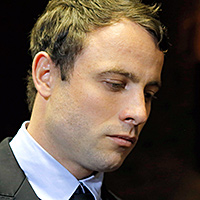
UPDATED: JULY 2016
Published: OCTOBER 2014
Pistorius homicide verdict mirrors South African gun-and-race culture
Analysis by JACOB SINGER
Writing from Vancouver
When Oscar Pistorius was found guilty of the lesser charge of culpable homicide instead of murder in the shooting death of his girlfriend, Reeva Steenkamp, Judge Thokozile Masipa acknowledged that millions of South Africans worry about crime but, unlike Pistorius, they don’t sleep “with a gun under their pillow.” Now a businessman and author who spent most of his adult life in that country tells us why many white South Africans do, in fact, sleep with a gun next to their bed out of fear of home invasions in a country with a history of troubled race relations and a reputation as the crime capital of the world for firearm homicides.
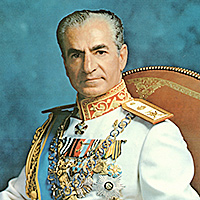
UPDATED:
Published: SEPTEMBER 2014
Inside view of life in Iran under the last Shah and the ayatollahs
Analysis by SIMA GOEL
Writing from Montreal
A Jewish teenage girl shivers in the dark from cold and fear as she burrows into the icy sands of the Iranian desert to avoid detection. A dozen bearded men chanting “Allahu Akbar” pass nearby. If discovered, she will be seized and returned to face torture and execution by Islamic fundamentalists. But she escapes, making her way to freedom in Canada, where she now speaks out about the human rights abuses of women under both the last Shah, Mohammad Reza Pahlavi (inset photo), and the ayatollahs who replaced him.
[Bohemian Rhapsody in Iran? Roots but no flowers:
See September 16, 2014 Notes From The Editor.]
7,028 Words | 19 Photos | 2 Illustrations
BUY THIS STORY Recommend to a Friend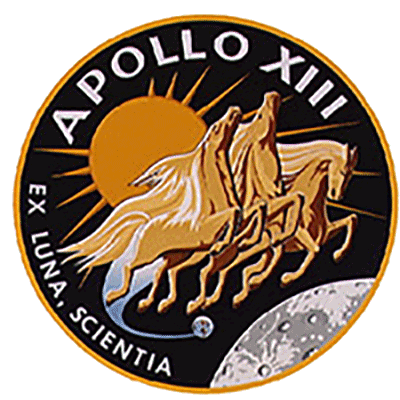
UPDATED:
Published: JULY 2014
When Apollo 13 crew faced death NASA turned to U. of T. for help
By RODERICK TENNYSON
Writing from Toronto
On April 13, 1970, an explosion crippled the Apollo 13 spacecraft, threatening to doom its three astronauts to a certain death 200,000 miles from Earth. After several days of intense analysis and feverish activity in the U.S., when the final crunch came the day before the spacecraft had to return to Earth, NASA still needed the answer to one critical mathematical equation in order to bring the crew home safely. Now for the first time, we learn that NASA sought that answer from only one source: the University of Toronto Institute for Aerospace Studies. Dr. Roderick Tennyson gives readers a first-person account of how he and his fellow UTIAS aerospace scientists came up with the answer in less than eight hours.
SIDEBAR
Nondescript building hides UTIAS treasure
By RODERICK TENNYSON – Writing from Toronto
When NASA needed an answer to a mathematical equation to save its Apollo 13 astronauts, why did it place all its trust in the University of Toronto Institute for Aerospace Studies (UTIAS)? The answer dates back to the late 1940s when the University of Toronto became the first post-secondary educational institution in Canada to establish an aeronautical engineering program. The U. of T. allowed its new faculty to operate with a high degree of autonomy, which fostered an environment of innovation and exceptionally high standards. This, in turn, produced world-class aerospace scientists, a fact that did not go unnoticed by NASA.
[Walking the wing of the legendary Avro Arrow:
See July 30, 2014 Notes From The Editor.]
8,603 Words | 19 Photos | 5 Illustrations
BUY THIS STORY Recommend to a Friend
UPDATED:
Published: MAY 2014
Terrorism by Muslim extremists not connected with Quran's teachings
Analysis by JAMES OSBORNE
Writing from Vernon, British Columbia
Despite denunciations of terrorism by Muslim moderates, the predominantly Christian Western world continues to harbor prejudices against Islamic culture, fed by a cliché-prone news media which headlines terrorist groups, as well as oppressive, totalitarian regimes and practices. A reading of the Quran shows that, like the Bible, one of its principal messages is peaceful, harmonious coexistence. It’s time for open-minded Western society to stop allowing its perception of all Muslims to be influenced by a violent, fundamentalist minority.
[Parsing the line between religion and culture:
See April 29, 2014 Notes From The Editor.]
3,887 Words | 12 Photos | 3 Illustrations
BUY THIS STORY Recommend to a Friend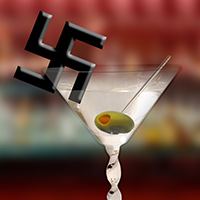
UPDATED:
Published: APRIL 2014
World War II wounds still fester on subject of French collaboration
By TILAR J. MAZZEO
Reporting from Paris
Almost 70 years after the Second World War ended, the subject of collaboration with the Nazis by the elite of Parisian society is still a verboten subject. On at least one occasion, author Tilar Mazzeo was warned not to write about it. What happened at the Hôtel Ritz, where the German High Command set up headquarters in September 1940, should have been an easy story to tell in her new book titled, The Hotel on Place Vendôme. Instead French bureaucrats blocked her every attempt to find the hotel registry with the names of guests who had wined, dined and bed their Nazi captors. Now a best-selling, non-fiction author gives us a glimpse into the challenges of researching the dirty secrets of war.
SIDEBAR
Barman’s cocktail mix: Nazis on the rocks
Frank of the Ritz looked elegant and suave in his white bar coat and pince-nez, but he wasn’t afraid of getting his hands dirty when it came to working with the French Resistance against Nazi occupiers of his beloved Paris. Known to be a gambler, Frank, who was an Austrian of Jewish heritage, would both take and place bets on everything from horses races to current events, such as Charles Lindbergh’s first solo trans-Atlantic flight in May 1927. But that was nothing compared to the biggest gamble of his life when he got involved with the July 20, 1944 plot by Colonel Claus von Stauffenberg to assassinate Adolph Hitler by planting a bomb at his command post in Prussia.
READER BONUS
We have included an exclusive excerpt from Chapter 7 of The Hotel On Place Vendôme — The Jewish Bartender and The German Resistance — courtesy of TILAR MAZZEO and HarperCollins Publishers.
[Author mixes non-fiction with champagne:
See April 2, 2014 Notes From The Editor.]
3,774 Words | 14 Photos | 1 Illustration
BUY THIS STORY Recommend to a Friend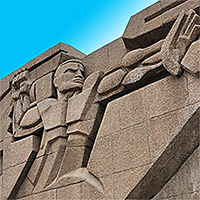
UPDATED:
Published: MARCH 2014
The real view from inside Crimea: Let my people go…back to Russia
Analysis by DMITRY TAMOIKIN
Writing from Halifax, Nova Scotia
Western politicians, such as President Barack Obama, say Russia is on the wrong side of history in its support of the Crimean people deciding through a referendum whether they wish to separate from the Ukraine and rejoin Russia, their ancestral homeland. But those living inside Crimea tell a different story, demanding that the Ukraine and the world respect their wishes as expressed in the referendum of March 16, 2014. Now a Soviet-born citizen from Crimea with both Ukrainian and Russian bloodlines and a Canadian passport shares his unique historical, political, social and religious insights into the Ukrainian crisis.

UPDATED:
Published: FEBRUARY 2014
Need winter vacation down south? First check home insurance policy
By WARREN PERLEY
Writing from Montreal
Linda Shohet was having a great Christmas vacation with family in Atlanta before she returned home to discover a frozen pipe had burst and her insurer was refusing to pay for costly damages because her home policy required daily visits during a winter absence. Unlike most consumers who feel abused, Shohet fought back, hired a lawyer, went to court and won her lawsuit against Aviva Insurance. The ruling could help millions of other Canadians with similarly restrictive home insurance policies.
[See Feb. 4, 2014 Notes From The Editor for background.]
4,868 Words | 13 Photos
BUY THIS STORY Recommend to a Friend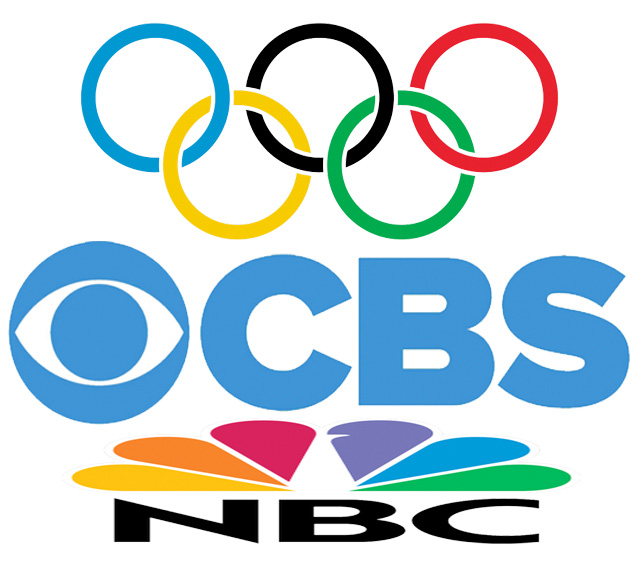
UPDATED:
Published: FEBRUARY 2014
U.S. patriot prefers CBC over NBC broadcasts for 2014 Sochi Olympics
by MORGAN LINTON
Writing from Los Angeles
Despite being a proud American, California businessman Morgan Linton can’t help sharing his opinion with the world that the 2014 Olympic broadcast coverage of the CBC was vastly superior to that of NBC.
NBC’s parent company spent $775 million (U.S.) for American broadcast rights to the Sochi 2014 Winter Games, whereas CBC paid less than $154 million (U.S.) for Canadian rights for both the Sochi 2014 Winter Games, as well for the 2016 Summer Games in Rio de Janeiro.
Whereas NBC scheduled just over 1,000 hours of live streaming coverage across six NBC Universal platforms at Sochi, the much smaller CBC pumped out 1,519 hours of live Olympic programming.
NBC said at the time that it expected to earn $1 billion in ad dollars from the Sochi Winter Games, whereas the CBC told The Canadian Press prior to the event that it had expectations for only ‘a bit of profit”. Is it any wonder that our man in L.A. couldn’t stop singing the praises of the Canadian Broadcasting Corporation’s 2014 Olympic coverage?
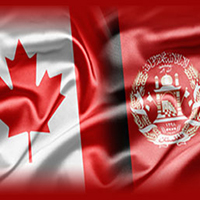
UPDATED:
Published: DECEMBER 2013
Western economic interests fuel dirty, covert war in Afghanistan
By JEREMY KUZMAROV
Writing from Tulsa, Oklahoma
Like a loyal NATO partner, Canada has followed the U.S. into combat in Afghanistan under the guise of building a peaceful civilian society through financial assistance and training programs for the Afghan military and police. But all it has done is prop up a system of warlords, drug smugglers and corrupt politicians, bleeding the Canadian treasury of billions and bringing our young warriors home in body bags or shattered in body and spirit.
['Sports Guy' morphs into serious foreign policy critic:
See Jan. 24, 2014 Notes From The Editor.]
4,995 Words | 15 Photos | 1 Illustration
BUY THIS STORY Recommend to a Friend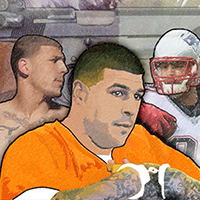
UPDATED: APRIL 2017
Published: NOVEMBER 2013
Canadian company is No. 1 in world for technology solving gun crimes
By WARREN PERLEY
Writing from Montreal
You may not have heard of a low-key company called Forensic Technology, but if you’ve ever watched a CSI show on the CBS television network, you’re aware of the kind of crime-solving techniques the company has pioneered in relation to ballistics. Behind the scenes, their technology was used to match guns and bullets in high-profile murder cases involving former NFL star Aaron Hernandez, who died of an apparent suicide in his prison cell on April 19, 2017. And it helped solve the brutal underworld execution of internationally-acclaimed Argentinian singer and songwriter Facundo Cabral in Guatemala City in the early-morning hours of July 9, 2011.
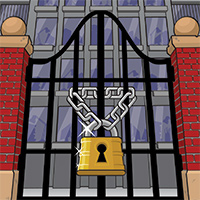
UPDATED:
Published: July 2013
Thanks for your long, loyal service: Too bad your job is being axed
By BRAD FLORY
Writing from Mason, Michigan
Veteran journalist Brad Flory gives a first-person account of losing his job at a daily newspaper, part of the massive corporate cutbacks convulsing the media industry throughout North America and beyond. Summoned to a meeting with the “boss”, the staff had a premonition of bad news when the public address system announced that doors to the building had been locked and the phones cut to prevent outside distractions. With his unique sense of humour, Flory explains how opportunity knocked on that dark day.
['A gift of laughter and a sense the world is mad':
See July 23, 2013 Notes From The Editor.]
1,575 Words | 1 Photo | 4 Illustrations
BUY THIS STORY Recommend to a Friend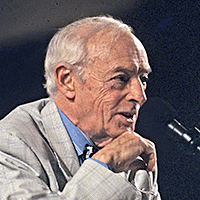
UPDATED:
Published: JUNE 2013
Saul Bellow’s fame and foibles as seen through his eldest son’s eyes
By ANN WEINSTEIN
Writing from Montreal
“Was I a man or a jerk?” Saul Bellow [inset photo] asked a longtime friend shortly before the world-famous novelist, who was married five times, died in 2005. English literature professor Ann Weinstein, an acknowledged “Bellowphile”, answers that question in spades after reviewing Greg Bellow’s enlightening 2013 book, Saul Bellow’s Heart: A Son’s Memoir, and sharing with readers insights gleaned from 40 years of study and her own very unusual relationship with the Montreal-born, Chicago-raised novelist, considered one of the literary giants of the 20th century.
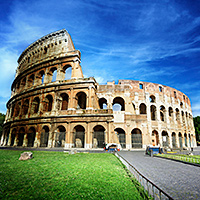
UPDATED:
Published: MAY 2013
Beyond the famous sights of Rome: unusual Canadian guide & his tours
By DAPHNE LAVERS
Writing from Toronto
You have to figure that a professional who goes only by his first name and is fully booked must be good at what he does. So it was that my husband and I were referred to Garth, a Canadian artist, historian and tour guide living and working in the Eternal City for the last three decades. We stayed at his Home-in-Rome and partook of hidden treasures through his keen eye, knowledge and experience. To paraphrase the Star Trek mission statement: Garth boldly took us where few tourists have gone before!
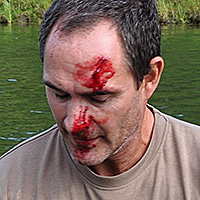
UPDATED:
Published: JANUARY 2013
World renowned angler tormented by predator fish which got away
By ARI VINEBERG
Writing from Montreal
Globe-trotting, adrenaline junkie Franck Hiribarne, a fishing celebrity on network television in France, has never met a dangerous critter he didn't want to caress: razor teeth, big fangs and sharp claws turn him on. He returned to Canada recently for a fifth attempt to catch a musky, the largest member of the pike family which had always eluded his previous efforts. Witness the drama when two legends – obsessed expert angler and alpha piscatory predator – collide in dark icy waters.

UPDATED:
Published: DECEMBER 2012
Space junk collisions threaten our way of life with catastrophe
By DAPHNE LAVERS
Writing from Toronto
A massive, three-dimensional debris cloud encircles our Earth, posing a danger to everything in orbit, including satellites, the Global Positioning System and astronauts. Future launches involving space travel are jeopardized by the risk of collisions, which are happening with greater frequency. Join us on a journey stretching back four decades, explaining how the problem grew so dire and how space scientists are now dealing with this threat to human life, which includes the unexpected launch of a rogue rocket by North Korea on December 12, 2012.
[Dream date? Tour CN Tower master control:
See Dec. 14, 2012 Notes From The Editor.]
7,235 Words | 20 Photos | 12 Illustrations
BUY THIS STORY Recommend to a Friend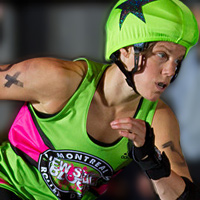
UPDATED:
Published: SEPTEMBER 2012
Sassy, flashy roller derby chicks skating like hell and kickin' ass
By WARREN PERLEY
Reporting from Montreal
It’s a sports phenomenon sweeping the world: a punk subculture of fishnets, tank tops, spandex and short-shorts stirred in a frenetic cocktail of full-body contact skating. Women's flat track roller derby attracts athletes ranging from the ordinary to the stars, such as Smack Daddy (inset) of Montreal Roller Derby, voted tournament MVP at the first-ever Roller Derby World Cup, and Suzy Hotrod of New York City’s Gotham Girls Roller Derby. It's more than a sport; it’s a lifestyle. Join us at the rink and at the bar to find out why these gals love to play and party hard!

UPDATED:
Published: AUGUST 2012
Quirky, colorful characters emerge in winter tour of Yukon and Alaska
By DANIELLE METCALFE-CHENAIL
Reporting from the Yukon and Alaska
A September snowstorm blew in the day we arrived in Whitehorse. Other tourists were fleeing as we arrived. Were we foolhardy "outsiders" tempting Mother Nature’s mood swings with a three-month, car tour of the frigid North? The road sign as you enter the Yukon reads, "Larger Than Life". We discovered that it refers to more than the scenery!

UPDATED:
Published: JULY 2012
Yukon Discovery Day in Dawson: singing, dancing and a barrel of fun
By DUANE RADFORD
Reporting from the Yukon
Kelly O'Connor belts one out at Diamond Tooth Gertie’s Casino in Dawson City, the oldest and most northerly gambling hall in Canada and a crowd favourite among the tourists who cram the Yukon every August to partake in red-hot festivities commemorating the 1896 Klondike Gold Rush. Live entertainment, games, sports, culture, history and nature. Care to try your hand at gold panning?

UPDATED:
Published: JULY 2012
Bush pilot and gold miner spirits pervade the wilds of Yellowknife
By DUANE RADFORD
Reporting from Yellowknife, N.W.T.
These days, hunting, fishing and ecotourism are mainstays of the Yellowknife economy, but there are reminders everywhere of the colourful bush pilots and gold miners who opened up this pristine region in the Northwest Territories of Canada, known as the Land of the Midnight Sun. It's still not uncommon to see float planes on Great Slave Lake ferrying visitors to and from remote wilderness adventures.
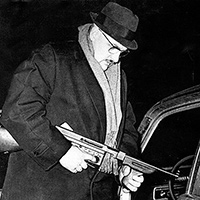
UPDATED: NOVEMBER 2012
Published: JULY 2012
Little Albert’s whacky world of bullets, beatings and bad guys
By WARREN PERLEY
Writing from Montreal
It’s no fun losing your testicles in a shootout with Canada’s toughest cop. But then again, Det.-Sgt. Albert Lisacek was never known as a guy with a sense of humour during his 25 years with the Sûreté du Québec. Now the outspoken Lisacek tells the real story of cops’n’robbers in the ’60s and ’70s, including what happened just before infamous killer Richard Blass was shot dead by police, the last moments of Machine Gun Molly and his near-death experience with Jacques Mesrine, Public Enemy No. 1 in France.
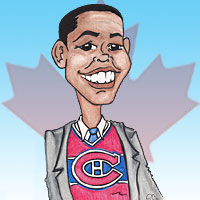
UPDATED: OCTOBER 2013
Published: APRIL 2012
Barack Obama is the natural heir to liberalism of Pierre Elliott Trudeau
Analysis by WARREN PERLEY
Writing from Montreal
With his re-election to a second term in the White House, Barack Obama continues to defy pundits who may now be questioning whether he is more a pragmatist than the raving socialist his opponents have made him out to be. It’s the same kind of conundrum Pierre Elliott Trudeau presented for critics who attempted to typecast the former Canadian prime minister as a communist. An analysis of issues ranging from health care, abortion and birth control to gay rights, cannabis and foreign policy proves that Obama and Trudeau, born two generations apart in neighbouring countries, have more in common than you might think.
[Yousuf Karsh photographed Trudeau and other giants:
See April 18, 2012 Notes From The Editor.]
13,487 Words | 36 Photos | 3 Illustrations
BUY THIS STORY Recommend to a Friend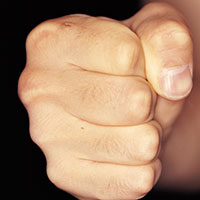
UPDATED:
Published: APRIL 2012
$144 parking ticket forces writer to bare knuckles with City Hall
By WARREN PERLEY
Writing from Montreal
The bureaucrats say they have proof of my guilt. If I go before a judge, I’m sure to lose and my parking fine will increase. They make me feel like the “punk” in a Dirty Harry movie. But I want my day in court. What crosses my mind is the Chinese proverb which says, “Be careful what you wish for.”
SIDEBAR
Best Canadian city to get a parking ticket?
By WARREN PERLEY – Writing from Montreal
Which city among Montreal, Toronto and Vancouver affords its motorists the most favourable treatment of parking tickets? Officials in one of those three cities have started thinking like entrepreneurs. We’ll tell you who gives the best deal.
SIDEBAR
Parking Ticket Geek is Chicago’s Robin Hood
By WARREN PERLEY – Writing from Montreal
If you want to beat a parking ticket in the Windy City, he’s your go-to guy. “Rip the cash out of the city’s dirty, greedy hands,” is his mantra. With an 85 percent success rate, the Parking Ticket Geek is a hero to thousands of Chicago motorists. He’s considering expansion to other cities, perhaps even Toronto. The Geek took time out from his busy schedule to share ticket-busting secrets with beststory.ca.
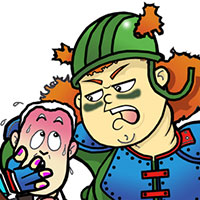
UPDATED: May 2012
Published: APRIL 2012
Effete Canadian male is no match for female shoppers at Walmart
By WARREN PERLEY
Writing from Montreal
American men, growing up secure in their Second Amendment right to keep and bear arms, have the requisite nerve to deal with the “big box” shopping experience. But Canadian men are shovellers of snow and mowers of grass. We’ve been habituated by our mothers, girlfriends and wives to do as we’re told. So how do you expect me to deal with predatory, bargain-hunting females elbowing their way through the Walmart aisles? This is one weak man’s tale of horror and survival!

UPDATED: APRIL 2013
Published: APRIL 2012
Limited F1 in-season testing raises more questions for 2013
Analysis by ERWIN BLATTER
Writing from the Netherlands
The Fédération Internationale de l’Automobile, the governing body of motorsport worldwide, lifted its total in-season test ban for F1 in 2012 in favour of very limited testing to try to improve competition. But when the final flag came down in late November 2012, Sebastian Vettel of Red Bull Racing was still world champion for the third year in a row, raising more questions for the 2013 season.
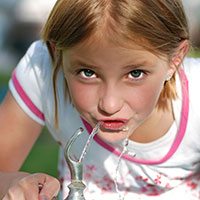
UPDATED:AUGUST 2013
Published: APRIL 2012
Burden of proof shifts in the debate about artificial water fluoridation
By MARGARET SOMERVILLE
Writing from Montreal
There is a debate raging in communities across Canada – and beyond – as to whether artificial fluoridation of public drinking water is either ethical or legal in the face of disagreement in the medical and scientific communities as to its possible harm, risks and benefits. It’s likely that the next legal challenge will be fought based on the precautionary principle requiring the exercise of restraint unless and until fluoridation can be clearly justified.
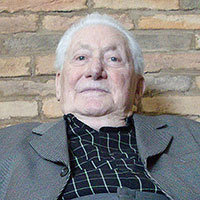
UPDATED:
Published: APRIL 2012
A Nazi bullet through the head can’t stop a survivor’s testimony
By WARREN PERLEY
Writing from Montreal
Duddy Alt, who passed away at age 90 on June 18, 2013, talked openly for the first time about the horror of a little known massacre of Jews at Balf, Hungary just weeks before the end of the Second World War in the spring of 1945. Alt took four Nazi bullets to the body and one through the head. A few hours later, advancing Soviet troops found the young weightlifter barely conscious in the slimy ditch where he had fallen face first. This is the account of one survivor's odyssey to hell, and what we can learn from the Nazi horrors to prevent modern-day genocides.
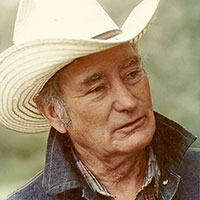
UPDATED:
Published: APRIL 2012
Spirit of world’s oldest cowboy rides tranquil Alberta badlands
By DAPHNE LAVERS
Writing from Toronto
Tom Lynch was tall, lean — rangy some might say — in faded blue jeans and shirt, a cowboy hat that shaded his eyes, and beat-up old cowboy boots that had been set into a lot of stirrups. The first time I saw him, he was doing just what the country songs say real cowboys do. He was out mending fences…. Join us for a trail ride with the “cowboy poet” of the TL Bar Ranch.
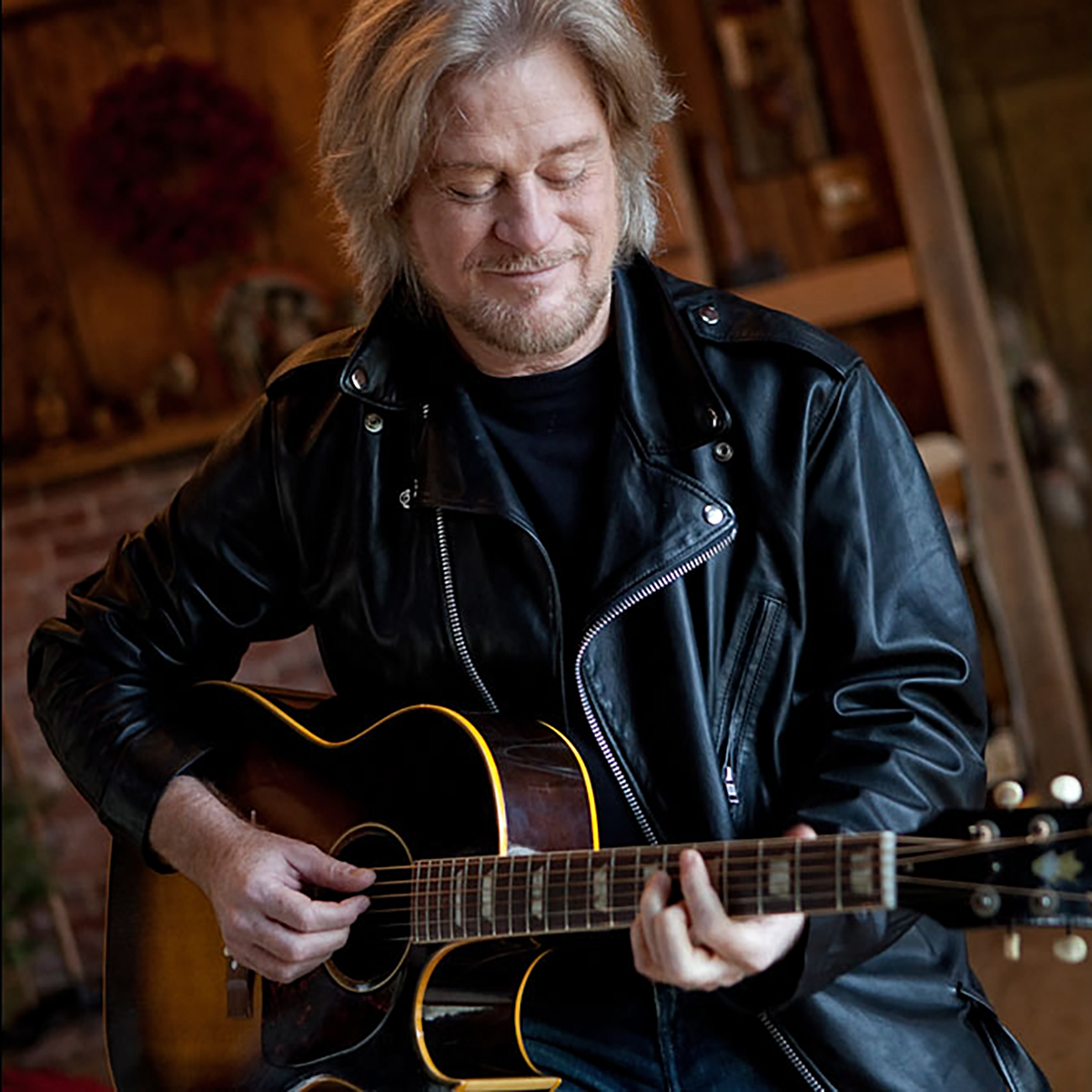
UPDATED:
Published: APRIL 2012
The secret passion of Daryl Hall for relevance in a feckless age
By CHRISTINE DARRAGH
Reporting from Dutchess County, N.Y.
For more than 40 years, most people have known Daryl Hall as an impressive solo musician and the illuminating half of the best selling duo of all-time, Hall & Oates. Lesser known, his span as a history buff enamored of antique restorations is equally impressive. Hall, the musical and architectural perfectionist, takes us on a personal tour of his restored 24-room, Colonial-era estate in upstate New York, where he shares his philosophy of musical zeitgeist and architectural tradition.
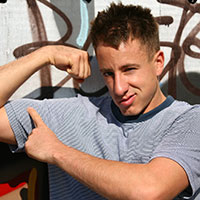
UPDATED: JANUARY 2016
Published: APRIL 2012
Peter Pan warrior shares his secret for beating cancer five times
By WARREN PERLEY
Writing from Montreal
Jonathan Truchon, 22, is intimate with the sterile cut of surgical steel. The young man from Châteauguay, Quebec, has left more than his fair share of body parts in the cold, kidney-shaped surgeon’s basin, including 85 percent of his cancerous liver. But when you’ve beaten cancer repeatedly, starting at 18 months of age, you don’t think of yourself as a victim. “Warrior” might be a more apt description, winning every medical battle, one at a time.
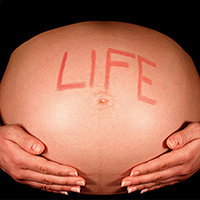
UPDATED:
Published: APRIL 2012
Ethics and law governing abortion must catch up with current science
Analysis by MARGARET SOMERVILLE
Writing from Montreal
In Europe and North America, between one in three and one in four pregnancies ends in abortion, meaning abortion has become part of the norm. But abortion is a human tragedy, and we must consider its impact on both the individuals involved and society, especially its foundational values. It’s time for ethics and law to catch up with science as it relates to abortion. That requires understanding complex factors that have not been addressed.

Dingbats
Love Ad-Free Journalism!
Revenue from sales of the 2025 Dingbat wall calendars will be used to support ad-free, long-form journalism on BestStory.ca. We accept articles from writers around the world because our Dingbats are inquisitive creatures! So please purchase a 2025 Dingbat calendar at www.dingbatland.ca in support of our independent journalism site.
Click Here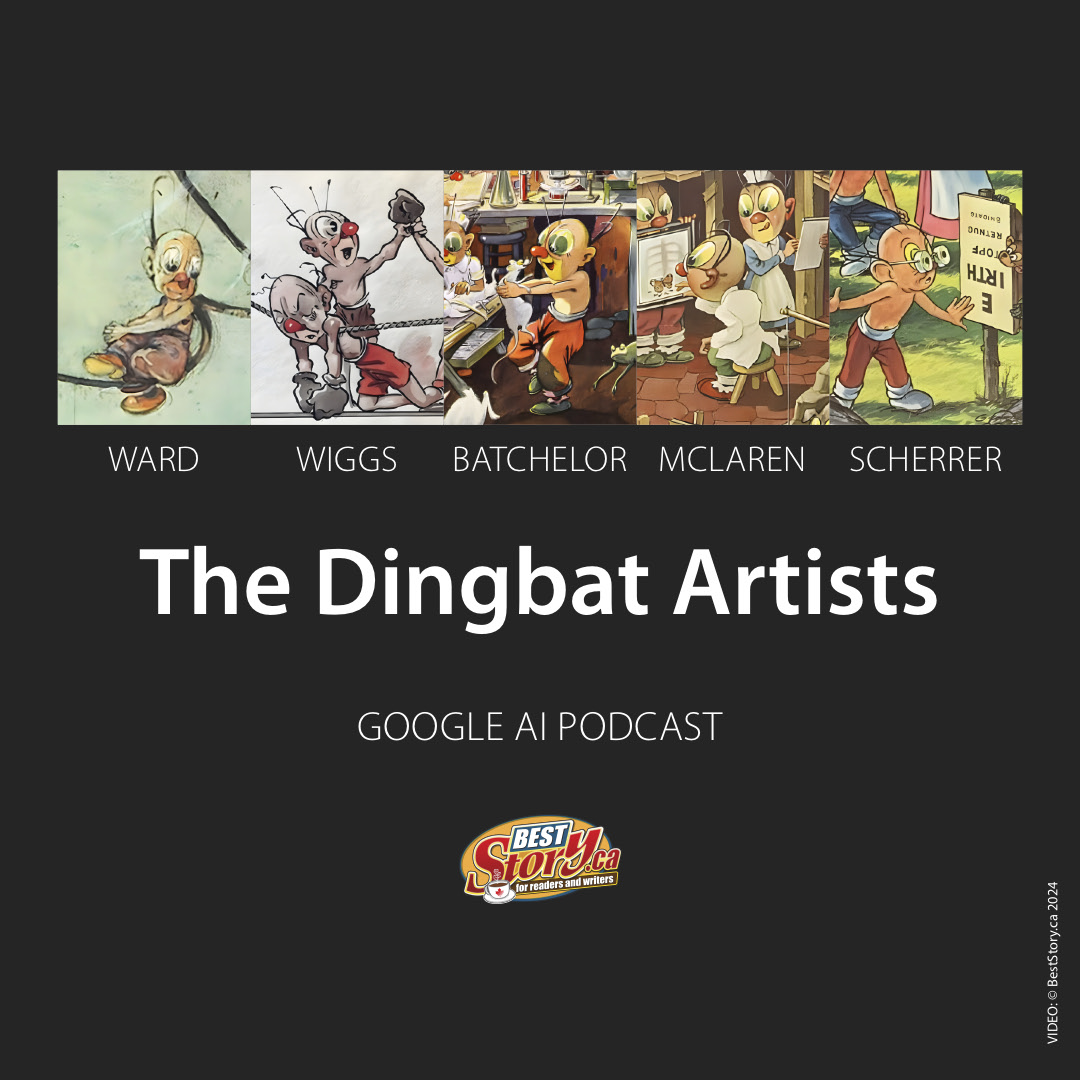
Two 'lively' podcasters generated by Google AI review the Dingbat saga
(17 minutes)
Watch Google AI Video PodcastSee the teasers
The sky's the limit
Welcome to the redesigned BestStory.ca website: a long overdue makeover of our first offering launched in April 2012. Although our primary business model has always been pay-as-you-go costing readers the minimal amount of 40 cents per article, we have since added many FREE listings to encourage extended readership.
Whether an article is FREE or PAID is a decision for the writers themselves in consultation with Editor Warren Perley. Most of our stories in recent years have been free because we want to encourage new readers to discover the quality of our journalism.
Readers and writers are welcome to send Warren an email with any thoughts, comments, or suggestions.
The story behind stories
Notes from
The Editor
February 5, 2025.html
No matter the season, Stuart Nulman is always ready for a travel adventure!
September 19, 2024.html
Squinting through the peephole of history at those lovable Dingbats
May 17, 2024
Don’t ever forget your Grade 1 buddies: they’re both rare and precious!
October 28, 2019
Little boy who escapes Nazi death machine grows up to be America’s Renaissance Man
February 11, 2016
Gee son, why did we put you through college?
January 4, 2016
Cancer warrior emphasized living, not dying
November 20, 2015
Chronic pain seen through a doctor’s eyes
June 8, 2015
More options than ever for Crohn’s patients
February 16, 2015
Thinking outside the box about Crohn’s
December 9, 2014
Income disparity as seen from the street
September 16, 2014
Could Freddie Mercury have thrived in Iran?
July 30, 2014
Walking the wing of the legendary Avro Arrow
April 29, 2014
Parsing between Muslim religion and culture
April 2, 2014
Author hitches her star to champagne glass
March 17, 2014
Crimean voters had a choice on their ballot
March 13, 2014
Without context, Ukraine crisis is a puzzle
February 5, 2014
Legend of a bodybuilding photographer
February 4, 2014
Courts can level playing field for homeowners
January 24, 2014
Canadian involvement in Afghanistan is folly
October 24, 2013
Wallin won’t find due process in the Senate
July 23, 2013
A writer’s gift: finding humour amid setbacks
June 25, 2013
This Bellow scholar surpasses all expectations
May 21, 2013
Rob Ford cocaine allegations stretch libel law
April 18, 2013
Splashing in the waves on our 1st birthday!
March 15, 2013
Famous photo tells only part of the Paul Rose story: his ignominy lives on
January 9, 2013
Looking back, writing talent is rediscovered
December 14, 2012
The Space Age has inspired us all
November 21, 2012
A great man’s passing marks the end of an era
November 14, 2012
Canada’s toughest cop is hospitalized
October 29, 2012
Beer doctor hones his skills spreading roller derby fever
September 11, 2012
Is a photo worth 1,000 words? In women’s roller derby, yes!
July 4, 2012
What every journalist dreams about: Space, time, dogged researchers!
April 18, 2012
Every good story is made better by clean layout and great graphics
Subscribe to our Newsletter
Subscribe to our "From the Bullpen" email newsletter to receive updates whenever we post on BestStory.ca new, original articles that could be of interest to you – usually once every few months.
Why ad-free journalism rocks!
Noted science and technology journalist Marc Saltzman interviews Editor Warren Perley.
Click below to hear the April 28, 2013 discussion on Montreal radio station CJAD 800, part of Bell Media.
The real story behind beststory.ca
Please click to read an article about the genesis and business model of beststory.ca, which was posted on j-source.ca.
J-source.ca is owned by The Canadian Journalism Foundation in collaboration with leading journalism schools and organizations across Canada.

